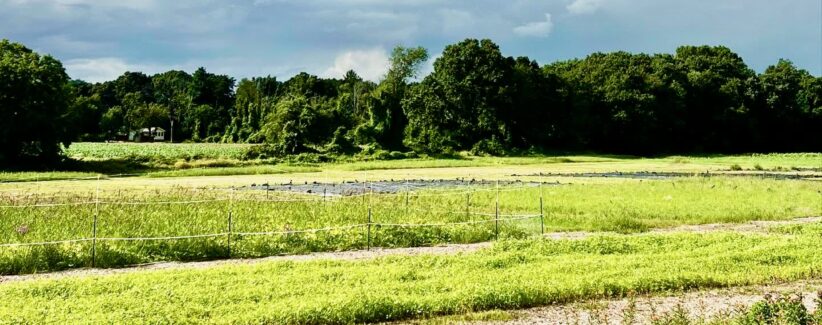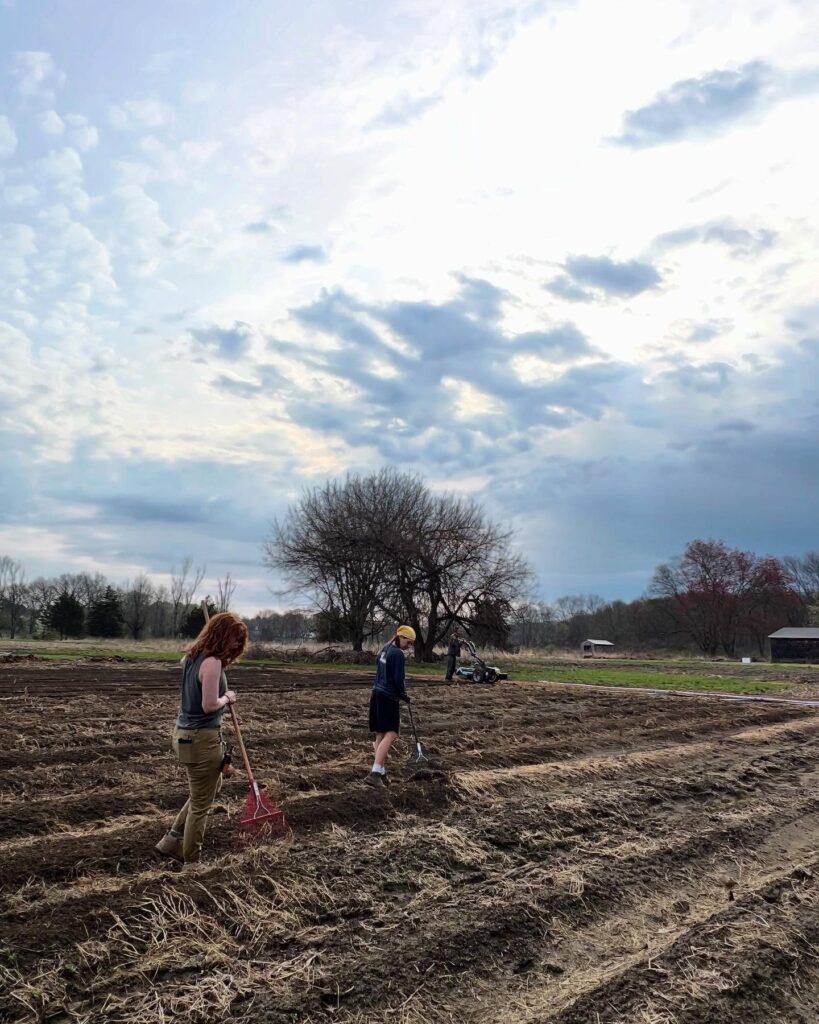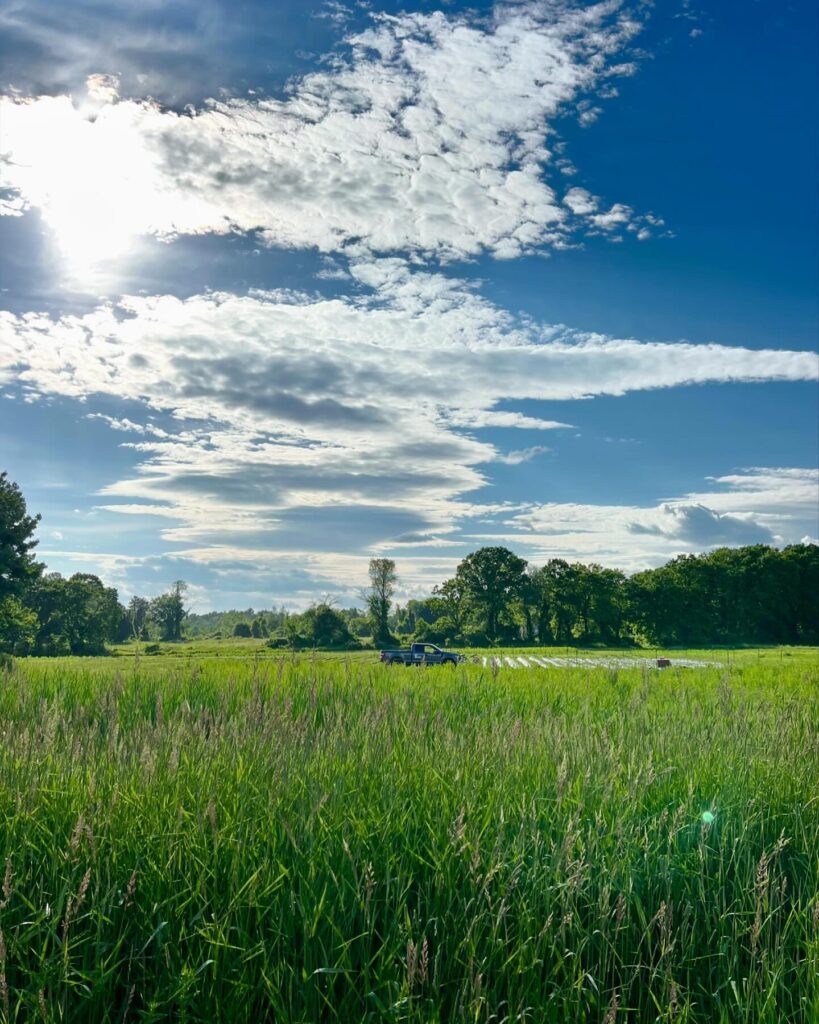Why Gaining Ground Plants Cover Crops

They might not wear capes, but cover crops are heroes of sustainable farming. These are plants, such as oats, rye, and clover, grown primarily to benefit the soil rather than for harvest.
Think of them as a living mulch, a temporary green blanket strategically sown in between or alongside food crops. Unlike their harvested counterparts, they aim to improve soil health, manage pests and weeds, and ultimately contribute to a more resilient and productive agricultural system. The beauty of cover crops lies in their versatility and the myriad ways they can be used.

“They are planted strategically within the annual crop plan,” says Mark Congdon, director of agriculture at Gaining Ground. “They are planted either to allow a field to rest or to lie fallow or to cover the field for the beginning or remainder of the season.”
Here are a few of the advantages of using cover crops:
- Soil Health: Cover crop roots can improve soil aeration and drainage. Plus, they add organic matter when decomposing, feeding soil microbes and creating a healthier soil structure.
- Erosion Control: Without cover crops the soil, would be at risk for erosion during fallow periods.
- Weed Suppression: Many cover crops grow rapidly and create a dense canopy that smothers weeds.
- Pest and Disease Management: Certain cover crops can even disrupt pests by providing habitat for good, beneficial insects.
- Nutrient Management: Some cover crops pull nitrogen from the atmosphere, reducing the need for fertilizers, while others soak up excess nutrients in the soil, preventing them from leaching into waterways.
- Water Conservation: Improved soil structure due to cover crops can even help the soil hold more water, which means the farm is more resilient to drought conditions.
At Gaining Ground, we use specific varieties of cover crops at various times throughout the year. The mix depends on the needs of the land and our goals for it. For instance, clover is a nitrogen fixer, pulling the essential nutrient from the atmosphere and making it available to subsequent crops, while grasses like rye and oats establish dense root systems that improve soil structure, enhance water infiltration, and suppress weeds.
“We use winter-kill cover crops, such as oats and peas, late in the summer to cover a field we will plant early the following spring,” Mark explains. “We will plant over-winter cover crops such as winter rye and clover in a field we plan to plant in later in the following year as the winter will not terminate the crop, allowing for continued growth and coverage until we are ready to plant. They are also planted in between sowings of plants or transplants throughout the season and used as mulch.”

This spring, we have oats, peas, rye clover, buckwheat, and a vibrant summer mix of millet, cowpeas, sunflowers, and sorghum sudan grass enriching the fields at Oz—our expansion plot in Minute Man National Historical Park.
By understanding their potential and strategically integrating them into our farming practices, cover crops help us ensure that we can keep growing fresh, nutritious food for our community.